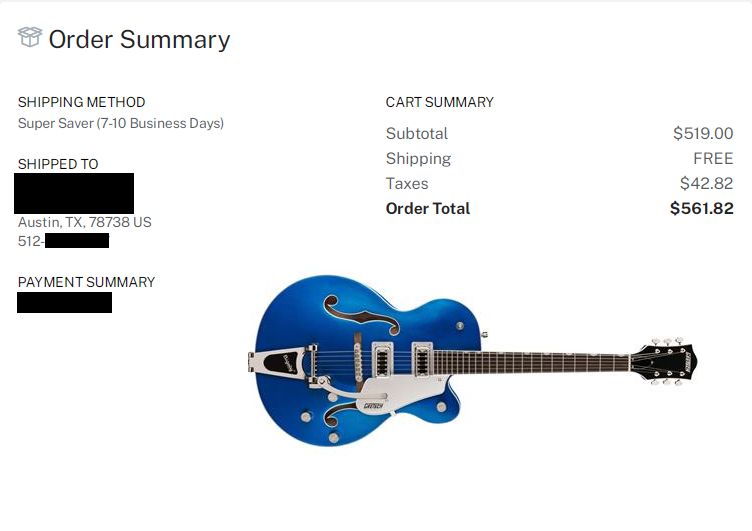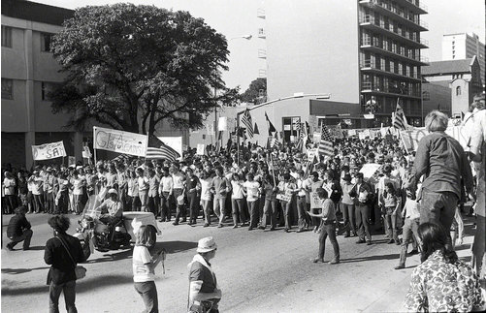Even before I got to the blah blah blah of this thread, I found the question in the OP somewhat irrelevant. This is before most of our time, but some time in the 70's, the West Mall, which was a big blank plaza, was "reconstructed" with those giant flower boxes or tree bed things, or whatever. By doing so, they knocked out 2/3 of the West Mall space. You think they did that for "decoration?" No, they did it so students had a more difficult time congregating there. Sure they still had their little rallies and stuff but it was nothing compared to the Vietnam era ones, when crowds spilled out onto the Drag, frequently blocking it. So, today you see this instead of an empty large plaza:
While it existed before/when I got there, older timers told me repeatedly of how they did it after the demonstrations in the 60's - it was common knowledge. So the question is already answered.
The West Mall stopped welcoming free speech, and built stuff to inhibit it, long before any of us got there.









